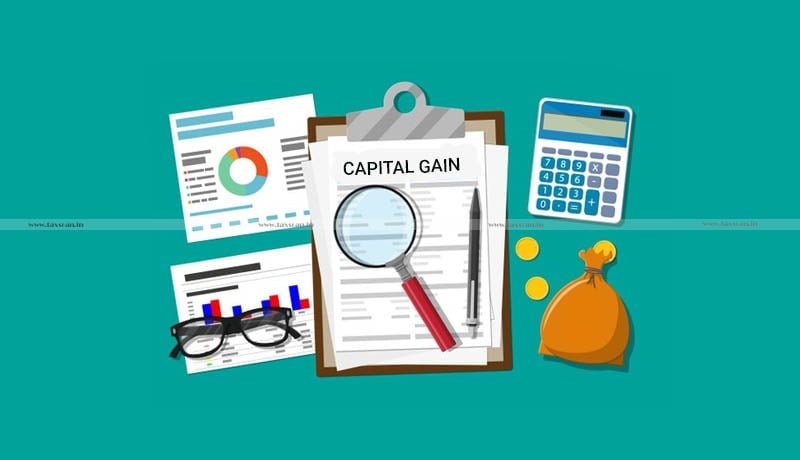When managing or analyzing a business, understanding different financial terms is crucial. Two commonly used terms in financial discussions are capital and non-current capital. While they may seem similar, they have distinct roles in the financial framework of a company. In this blog, we’ll break down the differences between capital and non-current capital in simple terms.
What is Capital?
Capital refers to the financial resources that a company uses to run its operations and grow its business. This includes money, assets, and other resources that can be invested to generate profits. In accounting, capital is often thought of as the sum of financial assets and liabilities that a business can use to operate.
Capital can be classified into two types:
- Equity Capital: Funds invested by the owners of the company.
- Debt Capital: Borrowed funds that need to be repaid, usually with interest.
In simpler terms, capital is the financial backbone of a business—it provides the necessary resources to start, run, and expand the business.
What is Non-Current Capital?
Non-current capital, also known as long-term capital, refers to financial resources that are used to acquire and maintain long-term assets. These are assets that the company plans to use for more than one year and are not expected to be easily converted into cash in the short term.
Examples of non-current capital include:
- Buildings
- Land
- Machinery
- Long-term investments
Non-current capital is focused on the assets that contribute to a company’s long-term strategy. These assets typically have a higher value and provide benefits over several years.
Key Differences Between Capital and Non-Current Capitals
Now that we have a basic understanding of both terms, let’s break down the key differences:
1. Scope
- Capital includes all types of financial resources, both short-term and long-term.
- Non-current capital is a subset of capital, focusing specifically on long-term resources used for assets that will be retained for over a year.
2. Time Frame
- Capital can be use for immediate or short-term needs (e.g., paying suppliers or purchasing inventory) as well as long-term investments.
- Non-current capital is dedicate to long-term investments, such as purchasing machinery, real estate, or other fixed assets.
3. Liquidity
- Capital includes liquid assets (like cash and receivables) that can easily be convert into cash.
- Non-current capital deals with assets that are not easily convertible into cash, such as buildings or equipment.
4. Purpose
- Capital is use to support daily operations and the overall financial health of the company.
- Non-current capital is aimed at acquiring and maintaining assets that will provide value to the company over the long term.
5. Impact on Operations
- Capital helps a business maintain its operations in the short and long term.
- Non-current capital helps a business build its infrastructure and support long-term growth.
Why is Understanding the Difference Important?
Understanding the difference between capital and non-current capital is essential for business owners, investors, and financial analysts. Here’s why:
1.Efficient Financial Management: Knowing how much capital is tied up in long-term assets vs. how much is available for day-to-day operations helps in better financial planning.
2. Investment Decisions: Businesses can make informed decisions about whether to invest in short-term opportunities or allocate resources towards long-term growth.
3. Stability: Maintaining the right balance between liquid capital and non-current capital can ensure both stability in operations and sustainable growth.
FAQs
1. What is Capitals?
Answer: Capitals refers to the financial resources or assets that a business uses to fund its operations and growth.
2. What is Non-Current Capitals?
Answer: Non-current capital refers to long-term assets or funds that a business uses for long-term purposes, like purchasing fixed assets (e.g., buildings, machinery).
3. What is the key difference between Capital and Non-Current Capitals?
Answer: Capital includes both short-term and long-term financial resources, while non-current capital focuses only on long-term resources or investments.
4. Is working capitals part of capital or non-current capital?
Answer: Working capital is part of capital but not non-current capital, as it deals with short-term assets and liabilities.
5. What are examples of Capitals?
Answer: Cash, inventory, accounts receivable, machinery, and buildings.
6. What are examples of Non-Currents Capitals?
Answer: Land, buildings, machinery, patents, and long-term investments.
7. How does Non-Current Capitals help a business?
Answer: It helps in acquiring long-term assets essential for the operation and growth of the business over time.
8. Does Non-Current Capitals include cash?
Answer: No, cash is a current asset, not a non-current capital asset.
9. Why is Non-Current Capitals important?
Answer: It provides stability and long-term assets necessary for business operations and expansion.
10. Can Capital include liabilities?
Answer: Yes, capital can include both assets and liabilities, whereas non-current capital typically refers only to long-term assets.
To Visit: https://www.mca.gov.in
Contact: 8130555124, 8130045124
Whatsapp: https://wa.me/918130555124
Mail ID: operations@vibrantfinserv.com
Web Link: https://vibrantfinserv.com
FB Link: https://fb.me/vibrantfinserv
Insta Link: https://www.instagram.com/vibrantfinserv2/
Twitter: https://twitter.com/VibrantFinserv
Linkedin: https://www.linkedin.com/in/vibrant-finserv-62566a259/
